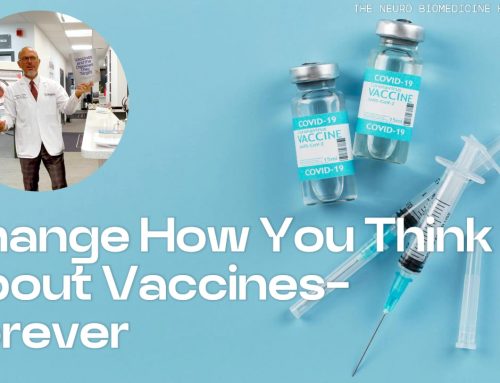A new book, Vaccines and the Diseases They Target: An Analysis of Vaccine Safety and Epidemiology, raises the key question: what is your real risk of dying or being permanently disabled from these diseases? For Covid, the infection fatality rate was 0.35% (one-third of 1%), far lower than what fear-based media coverage suggested. People only take action when they believe the threat is catastrophic, but the actual numbers show otherwise.
Data from Physicians for Informed Consent shows the risks of death or disability from childhood diseases are all well below 1%, often fractions of a fraction of a percent:
-
Hepatitis B: 0.00001% (1 in 7 million for children at normal exposure)
-
Diphtheria: 0.00006%
-
Tetanus: 0.0001%
-
Pertussis (whooping cough): 0.002%
-
Hemophilus influenza: 0.0007% (in breastfed children)
-
Polio: 0.0005%
-
Measles: 0.01%
-
Mumps: 0.002%
-
Rubella: 0.0035%
-
Chickenpox: 0.003%
Despite these extremely low risks, vaccines are promoted because people are led to believe the diseases are widespread and deadly. In reality, 90–95% of the decline in these illnesses occurred before vaccines, due to improved sanitation, nutrition, and living conditions.
The critical takeaway is that decisions should not be driven by fear or propaganda, but by actual numbers: What is my true risk of dying or being permanently disabled? For most of these conditions, the risk is negligible. For comparison, the leading cause of death in children is unintentional injuries (car accidents, drowning, fires, etc.), which account for about 8%- a far greater threat than infectious diseases.
The conclusion: before accepting any treatment or vaccine, first ask, what is my real risk? If it’s far below 1%, most people would reasonably say no.



